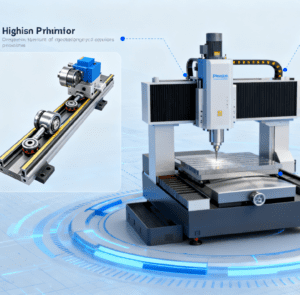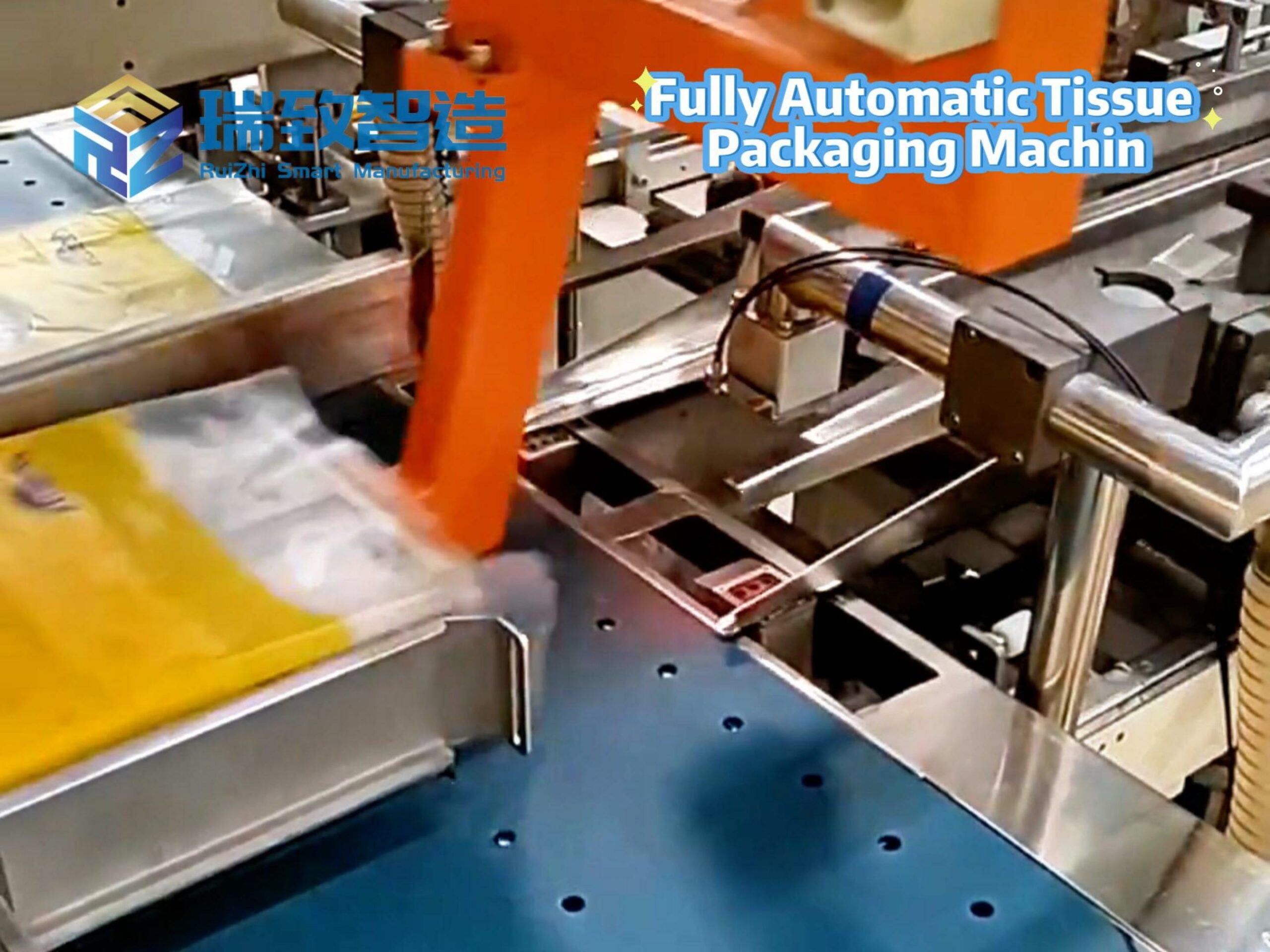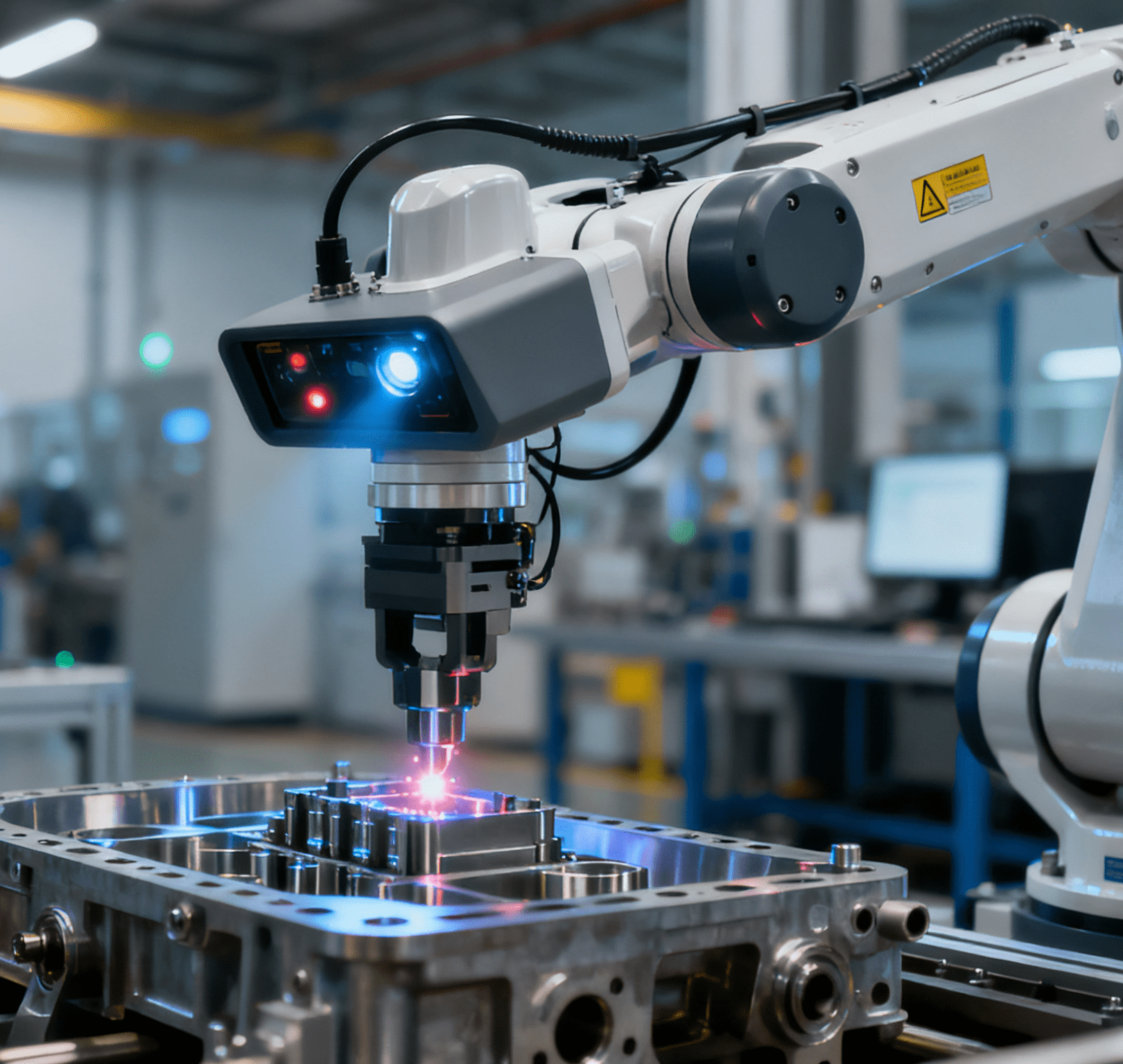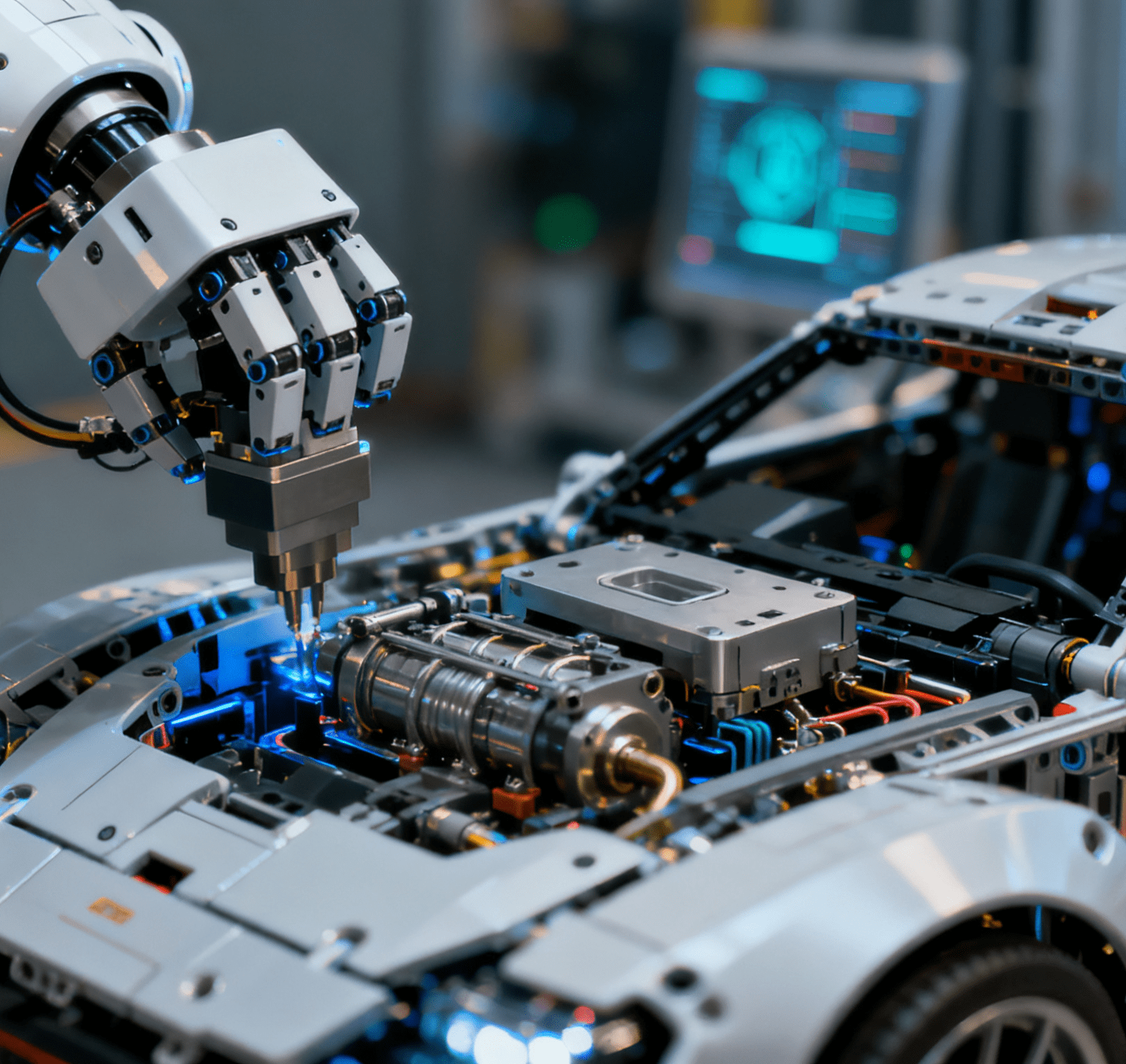
With the increasing requirements for precision and efficiency of complex structural components in modern manufacturing, the machining technology of multi-axis CNC (Computer Numerical Control) machine tools plays a crucial role. This article will systematically analyze the core connotation of this advanced machining technology, focusing on how to meet the high-precision requirements of complex structural parts during the machining process. It will delve into the principles of its core technologies, particularly the application logic of advanced motion control strategies and various effective error compensation methods in actual production. By dissecting these core guarantee mechanisms, the article aims to clearly present the complete path through which multi-axis CNC technology achieves high-precision and high-efficiency machining goals, laying a foundation for the detailed expansion of subsequent chapters.
Analysis of Multi-Axis Machining Technology
Multi-axis CNC machine tools represent the advanced level of modern manufacturing technology, with their core lying in the ability of multiple motion axes to work in coordination according to a preset program. This technology uses a computer control system to precisely coordinate the motion trajectories of the spindle, linear axes, and rotary axes, thereby realizing complex cutting paths in three-dimensional or even multi-dimensional space. Different from the single-axis or simple dual-axis motion of traditional machine tools, multi-axis linkage can complete the precision machining of multiple curved surfaces of complex structural components in one operation, significantly reducing the number of clamping times and process transitions. This synchronous control capability is the key foundation for achieving efficient and high-precision manufacturing of workpieces with complex geometric features, such as impellers and aerospace structural parts. It is precisely these characteristics that make multi-axis machining technology the preferred solution for addressing high-difficulty and high-precision machining challenges. Notably, multi-axis CNC machining also provides high-precision nut blanks or precision-machined nut components for nut automatic assembly machines—critical parts that directly determine the assembly accuracy and stability of the latter, as the dimensional tolerance and surface finish of nuts processed by multi-axis CNC directly affect the fit tightness and assembly efficiency of the automatic assembly process.
Precision Guarantee for Complex Parts
Complex structural components, such as impellers in the aerospace field and precision molds, have complex geometric shapes, numerous spatial curved surfaces, and extremely strict tolerance requirements, posing great challenges to machining precision. Ensuring the machining precision of such parts is the core value of multi-axis CNC machine tools, which relies on a comprehensive guarantee mechanism: Firstly, the geometric precision, motion precision, and dynamic stability of the machine tool itself are the foundation. A high-rigidity mechanical structure, precision guideways, and bearing systems ensure the accuracy of motion trajectories. Secondly, advanced multi-axis interpolation algorithms can precisely coordinate the motion of each axis, realizing smooth and continuous machining of complex spatial trajectories and effectively avoiding impact errors caused by sudden speed changes. It is particularly noteworthy that the impact of dynamic factors such as environmental temperature changes, spindle thermal deformation, and cutting force fluctuations on precision cannot be ignored, so real-time monitoring and compensation strategies need to be implemented. Among them, error compensation methods are a key link in improving the final machining precision. For nuts used in nut automatic assembly machines, multi-axis CNC machines strictly control radial runout and thread pitch tolerance within ±0.01mm, ensuring that the assembled nuts can seamlessly match the automatic feeding, positioning, and locking mechanisms of the assembly machine, avoiding jamming or loose assembly issues.
Application of Advanced Control Strategies
In the process of ensuring the machining precision of complex structural components, the application of advanced control strategies is of great importance. Modern multi-axis CNC machine tools generally integrate intelligent algorithms such as feedforward control, adaptive control, and model predictive control (MPC). Feedforward control can predict and compensate for dynamic errors caused by changes in tool paths or sudden load changes in advance, significantly improving trajectory tracking precision. Adaptive control monitors the machining state in real-time and automatically adjusts control parameters according to changes in material properties or tool wear. For example, data shows that it can reduce the dimensional deviation caused by tool wear by more than 40%. Model predictive control establishes an accurate machine tool dynamics model, predicts the system behavior in multiple future steps, and optimizes control inputs, effectively suppressing vibrations and improving contour precision. Especially when machining complex curved surfaces, it can reduce thermal deformation by approximately 30%. These strategies work in synergy, providing a solid data foundation and dynamic response capability for the subsequent implementation of more precise error compensation. When machining high-strength alloy nuts for nut automatic assembly machines used in automotive chassis assembly, adaptive control adjusts cutting parameters in real-time based on the hardness variation of the alloy material, ensuring consistent thread precision—this consistency is crucial for the nut automatic assembly machine to achieve stable torque control during mass assembly.

Practice of Error Compensation Methods
In actual machining, error compensation is a core link in improving the machining precision of multi-axis CNC machine tools. For complex structural components, common compensation methods are mainly divided into two categories: real-time compensation and offline compensation. Real-time compensation relies on high-precision sensors to continuously monitor thermal deformation, vibration, or force changes during the machining process, and the control system adjusts the tool path or feed parameters in real-time for correction. Offline compensation is usually implemented before or after machining; for instance, precision instruments such as laser interferometers are used to measure the geometric errors and motion errors of the machine tool, establish a detailed error model, and preset these compensation data into the CNC system. Through the effective combination and application of these two methods, the influence of inherent system errors and fluctuations in the machining environment can be significantly offset, providing a solid guarantee for the high-precision machining of complex components. For example, when machining precision hexagon nuts for nut automatic assembly machines in electronic equipment, offline compensation pre-corrects the geometric errors of the machine tool’s rotary axis, while real-time compensation adjusts for thermal deformation of the spindle—jointly ensuring that the hexagon’s symmetry and side length tolerance meet the assembly requirements of the automatic machine, reducing the rejection rate of the assembly process by over 35%.
In the machining technology of multi-axis CNC machine tools, the precision guarantee mechanism for complex structural components is the key to improving overall production efficiency. By integrating advanced control strategies and efficient error compensation methods, machine tools can effectively reduce machining deviations and ensure the high-precision requirements of components—including critical parts for nut automatic assembly machines. These technologies not only optimize the process flow but also significantly reduce the rejection rate of both machined parts and subsequent assembly processes, providing solid support for high-efficiency production in the manufacturing industry. Therefore, the continuous research, development, and application of these guarantee mechanisms will promote the industry to develop in a more intelligent and reliable direction, meeting the growing quality demands.




















